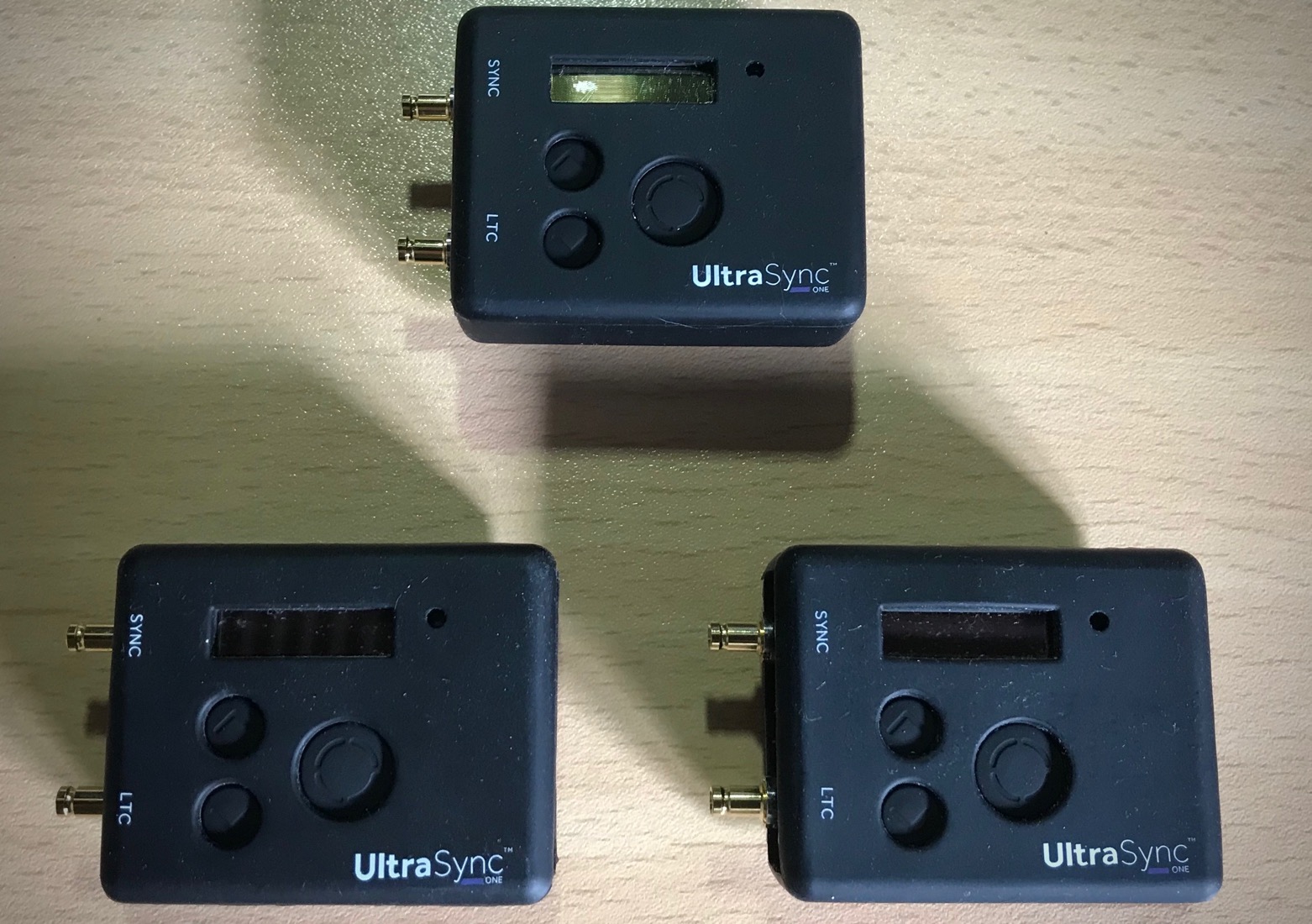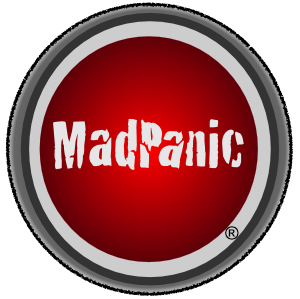Editing
Davinci Resolve Rocks
27/02/19 08:37
I've become a bit of an evangelist about Blackmagic Designs of recent and it's no surprise why. I'm still in the glow of getting a Blackmagic URSA Broadcast, which I will be shooting a test video with in the next week or so, but I am still blown away by Davinci Resolve. It was such the right decision I made a couple of years ago to invest my time into it. It really does rock. Read More...
Comments
It's about time
07/12/18 14:37
I have received these UltrasyncOne wireless timecode synchronisation devices from Pinknoise systems, and three really is the magic number! If you're responsible for editing, it is one of those things that once you have it, you'll never want to work with footage that doesn't have synchronised timecode again!
 Read More...
Read More...
 Read More...
Read More...Davinci Resolve, a sound switch
17/10/17 17:22
A couple of months ago, BlackMagic Design released V14 of Davinci Resolve. This edition has just got it's own dedicated Audio page called Fairlight. Now for some, I'm sure it's a bit confusing because it's a little unconventional, but for me, having grown up in the era of the analog mixing desk, this make absolutely perfect sense. If your mindset is structured around signal flow, then it's logical. You can route audio from inputs to channels, map channels to submixes, add inserts and effects, it's amazing. It's like having a full blown mixer built in (which is exactly what it is).
Now, in Davinci Resolve, the integrated workflow just got tighter. You go from the media management through to Editing, colour grading, sound design, and delivery. There is no need to roundtrip anywhere. The only caveat though is with visual effects, which at the moment, I am still accomplishing with After Effects CS6 although I have downloaded the FREE copy of Fusion 9, but will need to find some time to properly have a look.
The fairlight page is a dedicated audio workflow. What's really, really nice about having an integrated workflow, is that you have full access to the source clips as they exist both in the media pool and more importantly, as on the timeline. You can switch between editing, colour grading and sound design so easily. Audio round tripping I have always found as one of the hardest, or at least, the one with most compromise. AAF vs OMF is one of the challenges, but with fairlight, you can just access all your individual audio edits and not have them lost in complete stems. I have now decided to switch my post production entirely over from FCPX and Premiere Pro to Davinci Resolve (with the exception of After Effects CS6). From what I've seen, it's a no brainer. The colour grading is probably the best, the timeline operates like most editing packages (FCPX decided to do it's own softplay approach, I tried it, didn't like it, although roles are interesting but really, just another wrapper around something where there wasn't a problem to be fixed), and now with the integrated sound, I am struggling to find a reason to stay with my older packages. Also, Davinci Resolve just works with multichannel sound files! I now have the task of getting fully up to speed with the new features and exercising resolve on a project from the beginning. I have every confidence it will be the right decision, it's well made software.
Read More...
Now, in Davinci Resolve, the integrated workflow just got tighter. You go from the media management through to Editing, colour grading, sound design, and delivery. There is no need to roundtrip anywhere. The only caveat though is with visual effects, which at the moment, I am still accomplishing with After Effects CS6 although I have downloaded the FREE copy of Fusion 9, but will need to find some time to properly have a look.
The fairlight page is a dedicated audio workflow. What's really, really nice about having an integrated workflow, is that you have full access to the source clips as they exist both in the media pool and more importantly, as on the timeline. You can switch between editing, colour grading and sound design so easily. Audio round tripping I have always found as one of the hardest, or at least, the one with most compromise. AAF vs OMF is one of the challenges, but with fairlight, you can just access all your individual audio edits and not have them lost in complete stems. I have now decided to switch my post production entirely over from FCPX and Premiere Pro to Davinci Resolve (with the exception of After Effects CS6). From what I've seen, it's a no brainer. The colour grading is probably the best, the timeline operates like most editing packages (FCPX decided to do it's own softplay approach, I tried it, didn't like it, although roles are interesting but really, just another wrapper around something where there wasn't a problem to be fixed), and now with the integrated sound, I am struggling to find a reason to stay with my older packages. Also, Davinci Resolve just works with multichannel sound files! I now have the task of getting fully up to speed with the new features and exercising resolve on a project from the beginning. I have every confidence it will be the right decision, it's well made software.
Read More...
Davinci Resolve - Is it the Future of Editing?
23/05/17 22:13
I have used many different packages over the years for editing and post production activities, from Sony Vegas (PC only), Final Cut Studio 7 (Mac only), Premiere Pro (PC & Mac), and FCPX (Mac only). Each of these has it's strengths and also has companion packages for doing the specialist features or tasks in the post production work cycle. What these have in common is that you need to roundtrip the project between the various separate components that make up a post production suite. It's a real pain, and I mean, a real pain. Davinci Resolve is cross platform, PC, Mac & Linux and is growing in functionality. Is Davinci Resolve the future? I think it really could be.
Read More...
Read More...
